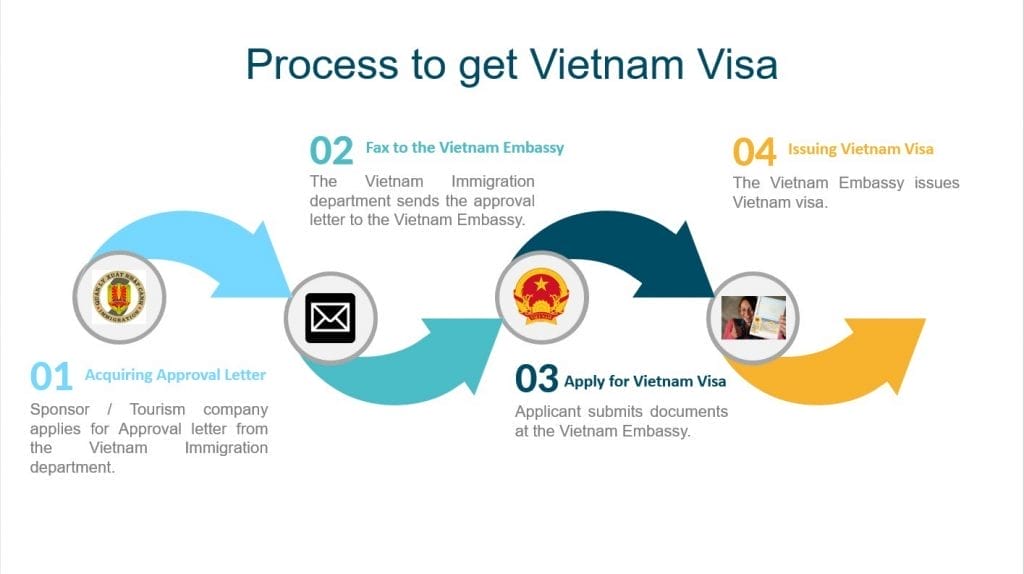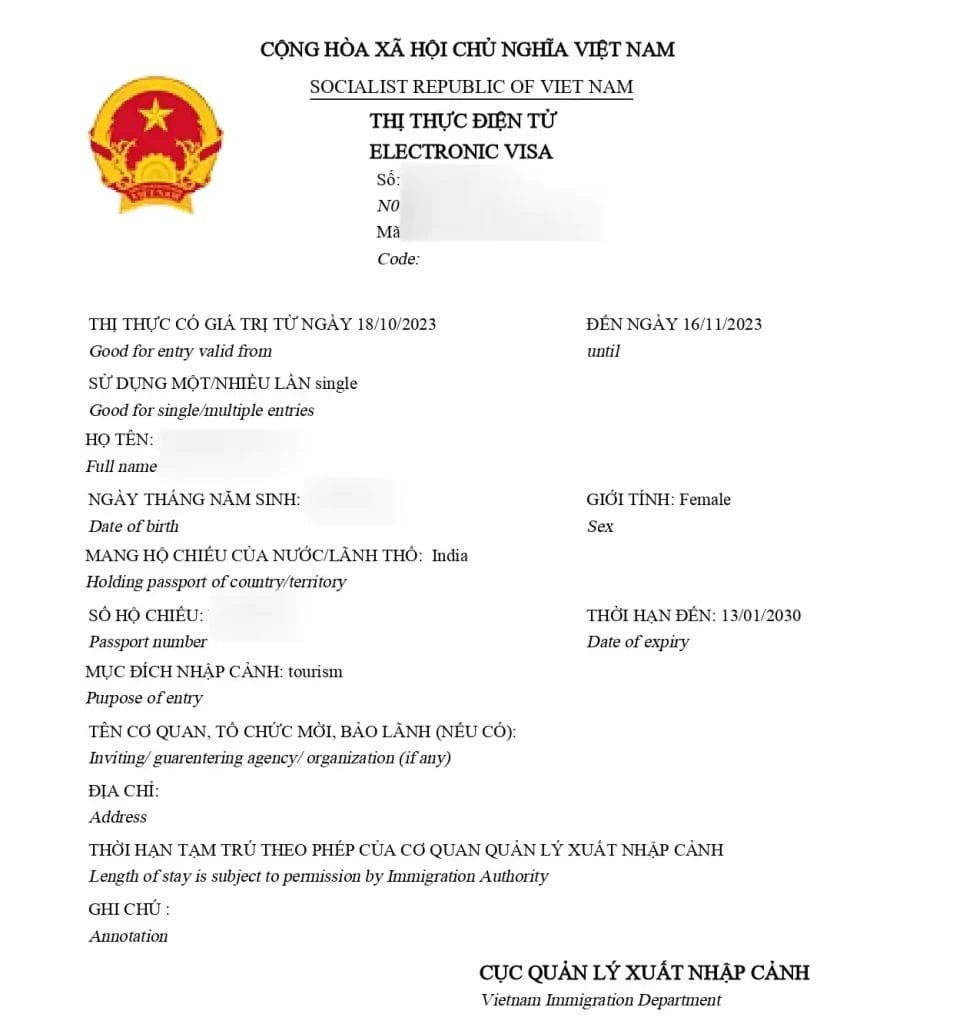Ride faster than your fears | Vietnam dirtbike tours 2026 The road doesn’t wait for doubt — and neit
Applying for a Vietnam visa can be a straightforward process, but like any bureaucratic procedure, it can come with its share of challenges. Whether you’re applying for a tourist visa, business visa, or e-visa, being aware of common problems and how to solve them can save you time, money, and frustration. This guide outlines the most frequent issues applicants face and provides practical solutions.

1. Incorrect or Incomplete Application Forms
Problem:
One of the most common problems in the Vietnam visa application process is submitting an incorrect or incomplete application form. Errors such as misspelled names, wrong dates, or missing information can lead to delays or even visa denial.
Solution:
- Double-Check All Information: Before submitting your application, carefully review all details, including your name, passport number, and travel dates.
- Use Official Guidelines: Follow the instructions provided by the Vietnamese immigration website or the embassy to ensure you complete the form correctly.
- Get Help if Needed: If you’re unsure about any section of the form, consider using a visa service or seeking advice from the embassy.
2. Issues with Passport Validity
Problem:
Your passport must be valid for at least six months beyond your intended stay in Vietnam. If your passport does not meet this requirement, your visa application will likely be rejected.
Solution:
- Check Passport Validity: Ensure your passport has at least six months of validity left before applying for a visa.
- Renew Early: If your passport is nearing expiration, renew it as soon as possible before starting the visa application process.
3. Incorrect Visa Type Selection
Problem:
Choosing the wrong visa type for your travel purpose can result in visa rejection or issues upon arrival in Vietnam. For example, applying for a tourist visa when you plan to work can lead to legal complications.
Solution:
- Understand Visa Types: Research the different types of visas (tourist, business, work, etc.) and select the one that matches your travel purpose.
- Seek Advice: If you’re unsure which visa type to choose, consult the Vietnamese embassy or a reputable visa service.
4. Delays in Visa Processing
Problem:
Visa processing times can vary, and delays are not uncommon, especially during peak travel seasons. Unexpected delays can disrupt your travel plans.
Solution:
- Apply Early: Submit your visa application well in advance of your travel date—at least 4-6 weeks before you plan to depart.
- Use Expedited Services: If you’re short on time, consider using an expedited visa service that offers faster processing for an additional fee.
5. Payment Issues
Problem:
Payment issues are another common problem. If your visa fee payment doesn’t go through, your application won’t be processed.
Solution:
- Verify Payment Method: Ensure your credit card or bank account has sufficient funds and is authorized for international transactions.
- Keep Receipts: Always save the payment confirmation receipt. If you encounter issues, having proof of payment will help resolve them quickly.
6. Problems with Visa on Arrival
Problem:
Visa on arrival can be convenient, but it requires a pre-approval letter. Many travelers face issues if they arrive in Vietnam without this letter or if it contains errors.
Solution:
- Get a Pre-Approval Letter: Always secure a pre-approval letter from a legitimate travel agency before you fly to Vietnam.
- Double-Check Details: Ensure the information on your pre-approval letter matches your passport and travel details exactly.

7. Overstaying Your Visa
Problem:
Overstaying your visa is a serious issue that can result in fines, detention, or deportation. It can also complicate future travel plans to Vietnam.
Solution:
- Track Your Stay: Keep a close eye on your visa’s expiration date and make sure to leave or apply for an extension before it expires.
- Apply for Extension: If you need to stay longer, apply for a visa extension before your current visa expires. This can usually be done at the local immigration office.
8. Inadequate Supporting Documents
Problem:
Failing to provide the necessary supporting documents, such as proof of accommodation, return flight tickets, or financial means, can lead to visa denial.
Solution:
- Prepare Documents: Gather all required documents before starting your application. These may include hotel reservations, a detailed itinerary, and proof of sufficient funds.
- Submit Clear Copies: Ensure all documents are clear and legible. Blurry or incomplete copies can cause delays or rejections.
9. Lack of Awareness of Visa Exemptions
Problem:
Some travelers are unaware of visa exemption policies and either apply for a visa unnecessarily or overstay the exempted period.
Solution:
- Check Visa Exemptions: Before applying for a visa, check if your nationality is eligible for visa exemption and understand the duration allowed.
- Plan Accordingly: If you’re entering Vietnam under a visa exemption, ensure your stay does not exceed the allowed period.
10. Miscommunication with Immigration Officers
Problem:
Miscommunication or misunderstandings with immigration officers can occur, especially if there’s a language barrier, leading to issues at the border.
Solution:
- Be Polite and Patient: Approach immigration officers respectfully and clearly state your purpose of visit.
- Use Translation Tools: If necessary, use translation apps or carry a phrasebook to help communicate your needs effectively.
FAQs About Common Vietnam Visa Problems
Q: What should I do if my Vietnam visa application is rejected?
A: If your application is rejected, review the reason provided by the embassy or consulate, correct any errors, and reapply. You can also seek assistance from a visa service.
Q: Can I get a refund if my visa application is denied?
A: Visa fees are generally non-refundable, even if your application is denied. It’s essential to ensure all your documents are in order before applying.
Q: How long does it take to get a Vietnam visa?
A: The processing time varies depending on the type of visa and where you apply, but it generally takes 3-5 business days for an e-visa and up to 7 business days for visas through embassies.
Q: Can I change my visa type after arriving in Vietnam?
A: Changing visa types after arrival is typically not allowed. You would need to leave the country and reapply for the correct visa.
Q: What happens if I overstay my Vietnam visa?
A: Overstaying your visa can result in fines, deportation, and potential issues with future visa applications. It’s crucial to apply for an extension before your visa expires.
Conclusion
Navigating the Vietnam visa application process can be challenging, but by being aware of these common problems and knowing how to address them, you can avoid delays and ensure a smooth application experience. Always double-check your information, apply early, and consider using professional services if needed. For additional support or to plan a trip that includes visa assistance, consider reaching out to Indochina Motorbike Tours, where experts can help guide you through the process.






